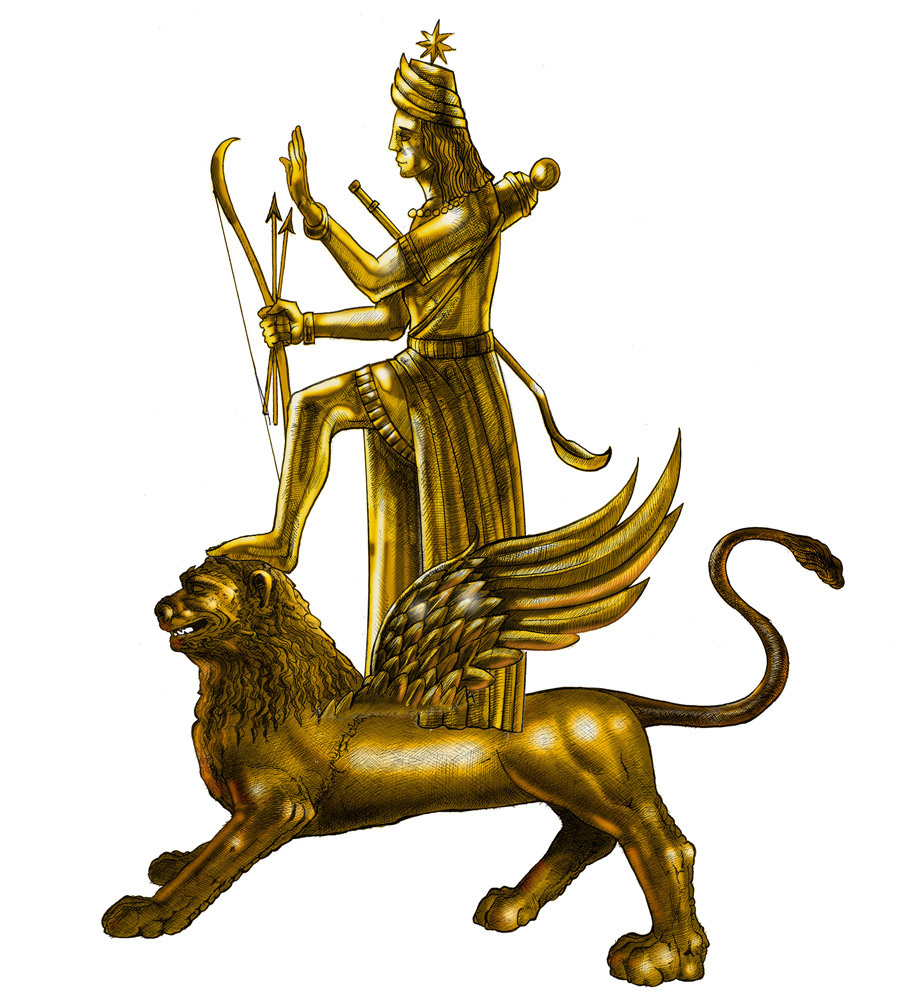
The second possibility would see the lion as part of a monument dedicated to Ishtar, the Babylonian goddess, erected in Uruk or Babylon in the Seleucid period (4th-1st century BC).
There are several theories about the origins of the Lion of St. Mark statue.
As of today, the parts of the statue attributable to this phase are the head, part of the chest, the mane, the left front and rear parts except the limbs, and the abdomen; some traces of gold plating confirm that the bronze statue was once gilded.

The second possibility would see the lion as part of a monument dedicated to Ishtar, the Babylonian goddess, erected in Uruk or Babylon in the Seleucid period (4th-1st century BC).